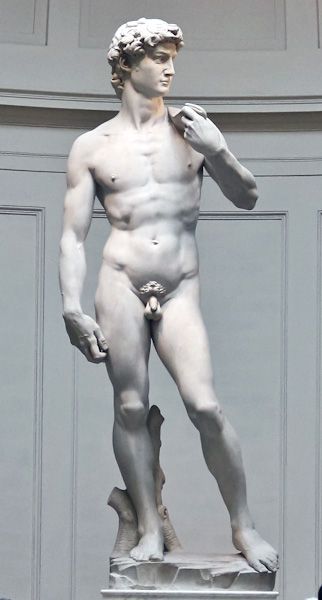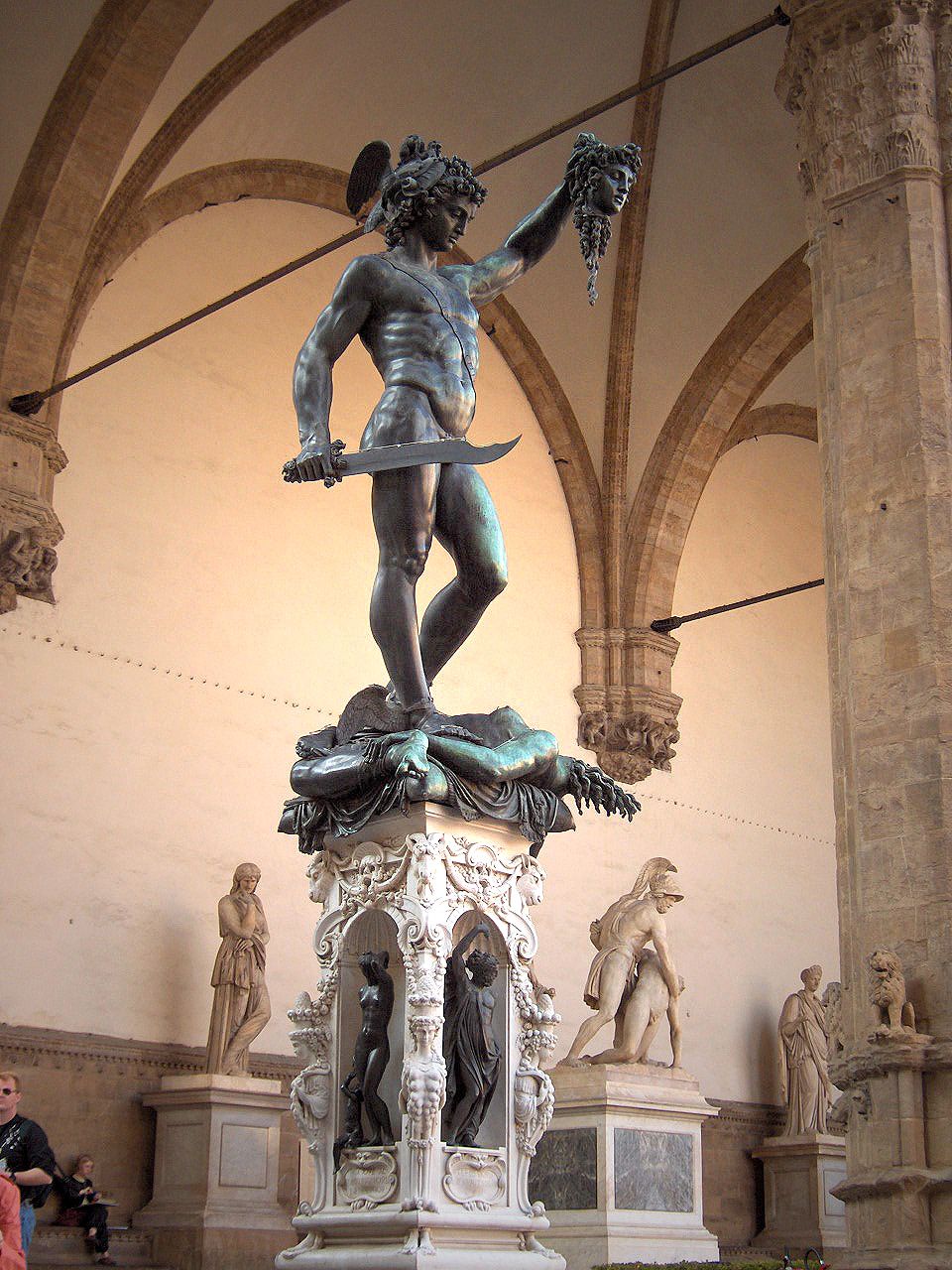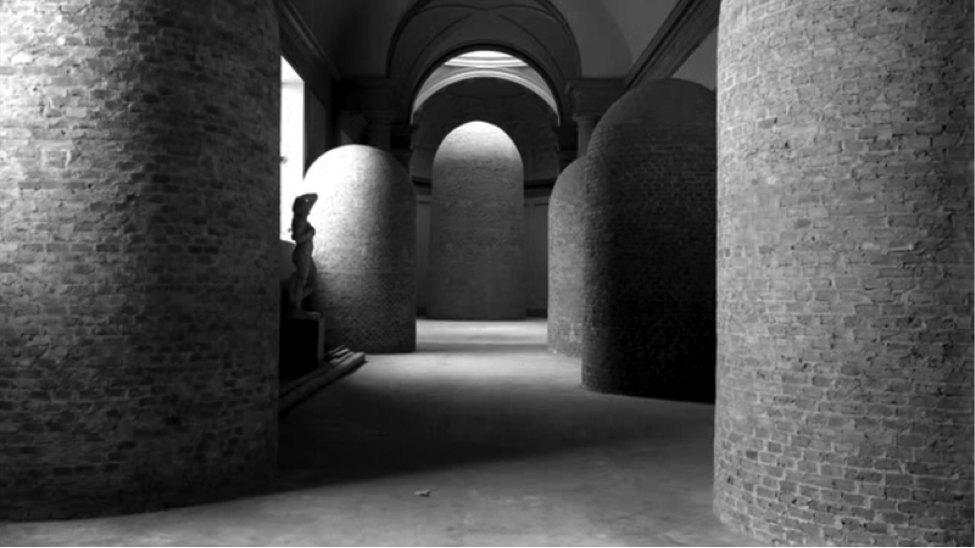Even though he was only 3 during the time of my story and therefore doesn't feature in it, Michelangelo was probably the first to fire my interest in the Italian Renaissance and the wonderful art that came from that time period. I remember watching Charlton Heston in "The Agony & The Ecstasy" as a child and being captivated. The Sistine Chapel ceiling is one of Michelangelo's best known works, but he was first and foremost a sculptor. When I first met his David, I was lost.

There are plenty more qualified and eloquent than I, who can describe the beauty and majesty of the work, so I am not going to try. However, I would like to share a little bit of information about him...or rather how he was looked after during WW2.

We know that Europe was heavily bombed during that awful time, and while not forgetting the dreadful human cost, priceless art was in grave danger. The Superintendent of the Florentine Galleries was given instructions to do what was necessary to preserve these statues and many other works of art. Initially, bombing of historic centres was not expected to be a problem, and statues, including David, were protected by a wooden frame and sandbags. However, these measures were soon thought to be inadequate.
Here, we have a picture of the protected statue of Cellini's bronze Perseus in the Loggia dei Lanzi outside the Palazzo Vecchio.


The rather eerie photograph below is of the Hall of Prisoners and the protected Michelangelo statues, including the David in the Galleria Accademia. As you can see, their wooden frames and sandbags have been surrounded by brickwork for added strength and protection.

Below is the Hall of Prisoners that you would see today if you were lucky enough to be able to visit. The "Prisoners" are the large, unfinished statues that you see along the side walls, said to represent "the soul imprisoned in the flesh, slave to human weakness" (Accademia.org). They were originally intended to form part of the tomb of Pope Julius II, but after running out of money, the Pope ordered Michelangelo to abandon the project. The project was eventually resurrected but on a much smaller scale, and so these statues were no longer needed.
Many visitors bypass these works in their rush to see the beautiful David. They have a beauty of their own and are worthy of more than a passing glance...but I still love David!

Many people worked hard and risked their own lives in order to protect these masterpieces, so that we can continue to enjoy them for many more centuries. Grazie...grazie!

